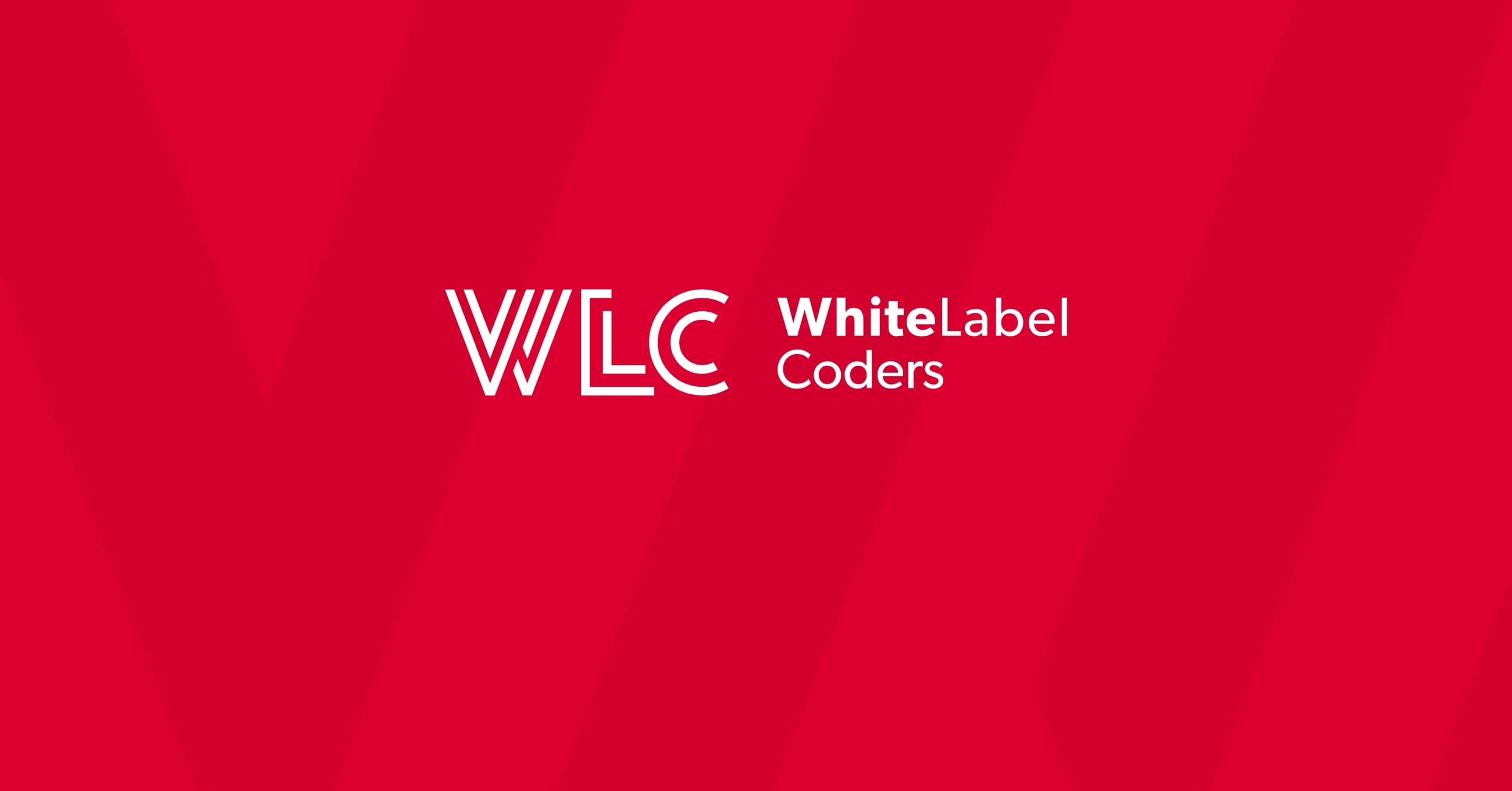Category: WooCommerce
Why switch from WooCommerce to Shopify?

Understanding WooCommerce and Shopify: Core differences and capabilities
When exploring e-commerce platforms, businesses often find themselves comparing WooCommerce and Shopify—two powerful but fundamentally different solutions for online selling. Before making any platform migration decisions, understanding these core differences is essential for making an informed choice.
WooCommerce is an open-source plugin that transforms a WordPress website into a functional e-commerce store. As part of the WordPress ecosystem, it inherits the flexibility and extensibility that WordPress is known for. WooCommerce powers approximately 28% of all online stores worldwide and offers nearly unlimited customization potential through its open architecture. The platform requires self-hosting, meaning you’ll need to arrange your own web hosting, manage updates, and handle security maintenance.
Shopify, by contrast, is a fully-hosted SaaS platform designed specifically for e-commerce. It provides an all-in-one solution where hosting, security, and platform updates are handled entirely by Shopify. This platform uses a subscription model with tiered pricing based on business needs and offers a more streamlined, controlled environment with less technical flexibility but greater operational simplicity.
The fundamental distinction between these platforms isn’t just technical—it reflects two different philosophies about online business: complete control versus managed convenience.
Why consider migrating from WooCommerce to Shopify?
Many businesses that initially launch with WooCommerce eventually reach a crossroads where they question if their current platform still serves their evolving needs. This consideration typically emerges as businesses scale and operational concerns begin to outweigh customization benefits.
The primary drivers behind migrations to Shopify often include scaling challenges with WooCommerce. As traffic increases, self-hosted WooCommerce stores may require significant server upgrades, caching solutions, and ongoing optimization to maintain performance. Business owners frequently report spending increasingly more time managing technical aspects of their store rather than focusing on growth strategies.
Another common catalyst is maintenance overhead. WooCommerce stores require regular updates to the core plugin, WordPress platform, themes, and additional plugins—each representing a potential point of failure or compatibility issue. For businesses without dedicated technical staff, this maintenance burden can become overwhelming. Shopify’s fully-managed approach eliminates these concerns by handling all platform-level maintenance automatically.
How Shopify’s hosted solution differs from WooCommerce’s self-hosted approach
The architectural difference between these platforms creates distinct operational experiences for store owners. With WooCommerce, you’re essentially building on rented land (your hosting provider) but with full access to modify the property however you wish. With Shopify, you’re leasing a fully-furnished, professionally-maintained space with certain restrictions on structural changes.
In the WooCommerce ecosystem, you bear complete responsibility for server configuration, security implementations, SSL certificates, PCI compliance measures, backup solutions, and update management. This provides maximum control but requires either technical expertise or budget for professional WooCommerce development services to maintain properly.
The Shopify architecture removes these responsibilities entirely. Their team manages server infrastructure, security patching, PCI compliance, and platform updates behind the scenes. This significantly reduces the technical knowledge required to run your store but also means you can’t directly modify server configurations or access the underlying code base. The trade-off is clear: less maintenance responsibility in exchange for reduced technical flexibility.
Comparing maintenance requirements: WooCommerce vs Shopify
The ongoing maintenance requirements between these platforms reveal stark differences in time investment and technical complexity. For many businesses, this aspect alone can be the deciding factor in platform selection.
WooCommerce maintenance typically includes several critical activities: regular WordPress core updates, WooCommerce plugin updates, theme updates, complementary plugin updates, security monitoring, performance optimization, backup management, and compatibility testing. A medium-complexity WooCommerce store might require between 2-8 hours of technical maintenance per month, depending on the number of extensions and WordPress plugins involved.
| Maintenance Task | WooCommerce (Self-Hosted) | Shopify (Hosted) |
|---|---|---|
| Platform Updates | Manual (WordPress + WooCommerce + plugins) | Automatic (handled by Shopify) |
| Security Patches | Store owner responsibility | Included in service |
| Server Management | Store owner responsibility | Included in service |
| Backup Systems | Requires separate solution | Included in service |
| Performance Optimization | Store owner responsibility | Core optimization included |
Shopify dramatically reduces this maintenance burden by handling all platform-level tasks automatically. Store owners only need to manage app updates (equivalent to WooCommerce plugins) and theme customizations. This typically reduces technical maintenance to less than 1 hour per month for comparable store complexity.
Performance and scalability: Can Shopify handle growing businesses better?
As businesses grow, performance and scalability become increasingly critical considerations. The architectural differences between these platforms create distinct scaling patterns that impact growing stores differently.
WooCommerce performance depends heavily on your hosting environment, caching implementation, and optimization efforts. While a properly configured WooCommerce store can handle significant traffic, achieving consistent performance during traffic spikes requires advanced configuration and potentially significant hosting investments. Each new plugin added creates additional database queries and potential performance impacts, requiring careful evaluation before implementation.
Shopify’s infrastructure is built for scale from the ground up. Their cloud-based architecture automatically adjusts to traffic fluctuations without store owner intervention. This scalability is particularly valuable during sales events, marketing campaigns, or unexpected traffic surges. Shopify Plus, their enterprise-grade offering, handles hundreds of thousands of transactions per minute for major retailers during peak events—a level of scalability that would require significant expertise and investment to achieve with WooCommerce handling high traffic.
Security considerations when choosing between WooCommerce and Shopify
E-commerce security isn’t optional—it’s essential for both customer trust and regulatory compliance. The responsibility model for security differs significantly between these platforms.
With WooCommerce, security is predominantly your responsibility. This includes securing the WordPress installation, implementing and maintaining SSL certificates, ensuring PCI compliance for payment processing, configuring secure authentication systems, and implementing security plugins. While WooCommerce is regularly audited by security firms like Sucuri, the implementation of security best practices falls to the store owner or their technical team.
Shopify incorporates enterprise-grade security as a core offering. The platform maintains Level 1 PCI DSS compliance (the highest level), provides automatic SSL, manages secure payment processing, and employs dedicated security teams to monitor for vulnerabilities. This comprehensive approach to security reduces both risk and responsibility for store owners, particularly valuable for businesses without specialized security expertise.
Cost analysis: Is Shopify more cost-effective than WooCommerce long-term?
Understanding the true cost of ownership for each platform requires looking beyond headline prices to include all direct and indirect expenses over time.
WooCommerce is often perceived as “free” because the core plugin costs nothing to install. However, a complete WooCommerce implementation typically includes several paid components: hosting services ($10-200/month depending on traffic), premium theme ($50-200 one-time), essential premium plugins ($15-79 each, annually), payment processing fees (variable), and development costs for customization. Additionally, there’s the “hidden cost” of time spent on maintenance and technical management.
| Expense Category | WooCommerce (3-Year TCO) | Shopify (3-Year TCO) |
|---|---|---|
| Platform Costs | $0 (Core Plugin) | $864-8,640 (Basic to Advanced) |
| Hosting | $360-7,200 | Included |
| Extensions/Apps | $540-2,160 | $360-1,440 |
| Themes | $50-200 | $0-350 |
| Maintenance Time (Valued) | $1,080-4,320 | $360-720 |
| Initial Development | $1,500-10,000 | $1,000-5,000 |
Shopify’s pricing is more straightforward with monthly subscription plans ranging from $29 to $299 for standard offerings, plus Shopify Plus starting around $2,000/month for enterprise needs. While this represents a fixed ongoing cost, it includes hosting, security, and platform maintenance that would require separate expenses with WooCommerce. For many small to medium businesses, the total cost of ownership can actually be lower with Shopify when accounting for reduced technical maintenance and development needs.
Step-by-step migration process: Moving from WooCommerce to Shopify
Successfully transitioning between e-commerce platforms requires careful planning and execution. Here’s a streamlined process for migrating from WooCommerce to Shopify:
- Audit your current store: Document all essential features, customizations, and business workflows that must be preserved
- Select your Shopify plan: Choose the appropriate tier based on your business requirements
- Set up your basic Shopify store: Configure business information, shipping, and tax settings
- Choose and customize your theme: Select and modify a theme that matches your brand identity
- Export WooCommerce data: Use built-in export tools or third-party migration apps to extract product data, customer information, and order history
- Import to Shopify: Use Shopify’s import tools or specialized migration apps to transfer your data
- Verify data integrity: Check that products, collections, customers, and orders transferred correctly
- Configure payment gateways: Set up your preferred payment processing methods
- Install and configure necessary apps: Add functionality equivalent to your WooCommerce plugins
- Set up URL redirects: Preserve SEO by creating proper redirects from old WooCommerce URLs to new Shopify URLs
- Test thoroughly: Verify all critical business processes, checkout flows, and customer journeys
- Launch your new store: Update DNS settings to point your domain to Shopify
This migration typically takes between 2-6 weeks depending on store complexity, with most of the time spent on data verification, testing, and theme customization rather than the technical migration itself.
Common challenges when switching platforms and how to overcome them
While migration processes have become more streamlined, several common challenges still arise when transitioning between e-commerce platforms. Being prepared for these challenges can significantly reduce migration stress.
The most frequent challenge is URL structure changes that can impact SEO rankings. WooCommerce and Shopify organize product URLs differently, which can lead to lost search rankings without proper redirection. The solution is implementing a comprehensive 301 redirect strategy that maps old WooCommerce URLs to their corresponding Shopify pages. This preserves search equity and prevents customer confusion from broken links.
Another significant hurdle is feature parity between platforms. WooCommerce’s extensive plugin ecosystem offers some specialized functionality that may not have direct equivalents in Shopify. Before migration, identify critical business features and research Shopify apps that provide similar functionality. In some cases, you may need custom development to recreate specialized features, which should be factored into migration planning and budgeting.
When to stay with WooCommerce: Scenarios where migration isn’t ideal
Despite Shopify’s advantages for many businesses, several scenarios make WooCommerce the more appropriate choice. Recognizing these factors can prevent costly migration mistakes.
Businesses with highly specialized functionality that relies on deep WordPress integration may find WooCommerce remains the better option. This includes sites with complex content management needs beyond standard e-commerce, custom user account capabilities, or integration with WordPress-specific tools and communities. The extensive WooCommerce development ecosystem can support almost unlimited customization that may be difficult or impossible to replicate in Shopify’s more controlled environment.
Another scenario favoring WooCommerce is when budget constraints are severe but technical expertise is available. For small businesses with team members comfortable managing WordPress sites, the ability to control hosting costs and avoid monthly platform fees can make WooCommerce more economical, particularly during early growth stages. This advantage diminishes as the business scales and the opportunity cost of technical maintenance increases.
Future-proofing your e-commerce business: Platform evolution trends
Both WooCommerce and Shopify continue to evolve, with development roadmaps that provide insights into their future capabilities and focus areas.
WooCommerce development is increasingly focused on improving the core shopping experience while maintaining its integration with the WordPress ecosystem. Recent updates have enhanced the block editor integration, improved performance, and simplified the administrative experience. The platform is gradually addressing historical pain points around scalability and user experience, though the fundamental self-hosted nature of the platform means certain maintenance responsibilities will always remain with store owners.
Shopify is heavily investing in omnichannel selling capabilities, international commerce features, and enterprise-level tools. Their acquisition of logistics companies signals a move toward more integrated fulfillment options, while continued development of their POS system strengthens their position for businesses with physical retail locations. Shopify’s controlled ecosystem allows for more rapid deployment of platform-wide innovations, particularly in checkout optimization and conversion enhancement features.
When planning for long-term e-commerce success, consider how each platform’s evolution aligns with your business growth trajectory and technical resource availability. The ideal platform isn’t necessarily the one with the most features today, but the one whose development direction best complements your business strategy for IT projects for the years ahead.

